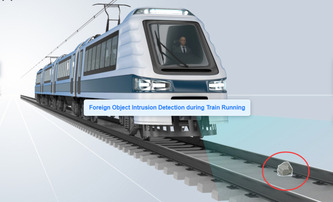
What is Crane Collision Avoidance System
A Crane Collision Avoidance System is a safety technology designed to prevent collisions between cranes and other objects or structures in their vicinity. This system utilizes sensors, cameras, and advanced algorithms to detect potential obstacles and alert crane operators of any impending danger. By providing real-time information and warnings, the Crane Collision Avoidance System helps to improve overall safety on construction sites and reduce the risk of accidents. In summary, the Crane Collision Avoidance System is a crucial tool for enhancing crane operation safety and preventing costly and dangerous collisions.
Why Crane Collision Avoidance System
Collision avoidance systems for cranes are essential in ensuring the safety of workers and preventing costly accidents in industrial settings. These systems use sensors, cameras, and other technology to detect obstacles in the crane's path and alert operators to potential collisions. By providing real-time information and warnings, collision avoidance systems help crane operators make informed decisions to avoid accidents and protect both personnel and equipment. Overall, implementing these systems can significantly reduce the risk of accidents, improve productivity, and enhance overall workplace safety.
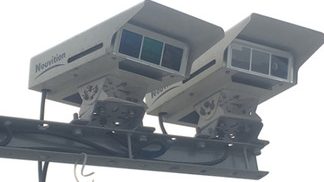
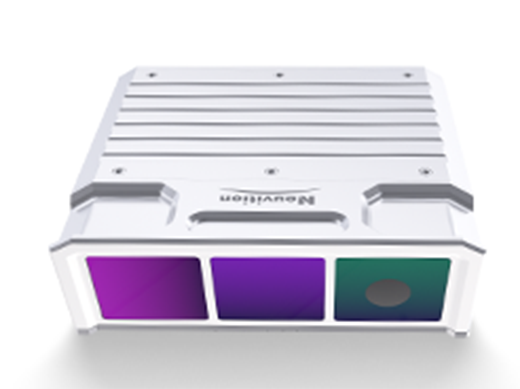
Recent Technology Development of Crane Collision Avoidance System
The recent technology development of crane collision avoidance systems has revolutionized safety measures in construction sites and industrial settings. These advanced systems utilize sensors, cameras, and artificial intelligence algorithms to detect obstacles and potential collisions in real-time. By providing early warnings and alerts to crane operators, these systems help prevent accidents, injuries, and damage to equipment. The integration of GPS tracking and cloud-based data storage further enhances the efficiency and effectiveness of these systems. Overall, the continuous innovation and improvement in crane collision avoidance technology have significantly improved workplace safety and productivity. Brief answer: The recent technology development of crane collision avoidance systems has greatly enhanced safety measures in construction sites and industrial settings by utilizing sensors, cameras, and artificial intelligence algorithms to detect obstacles and prevent potential collisions in real-time.
Applications of Crane Collision Avoidance System
Crane collision avoidance systems are crucial in various industries where cranes are used for lifting and moving heavy loads. These systems utilize sensors, cameras, and advanced algorithms to detect obstacles and other cranes in the vicinity, helping to prevent collisions and ensure the safety of workers and equipment. The applications of crane collision avoidance systems are widespread, including construction sites, warehouses, ports, and manufacturing facilities. By implementing these systems, companies can improve operational efficiency, reduce the risk of accidents, and minimize downtime due to collisions. Overall, crane collision avoidance systems play a vital role in enhancing workplace safety and productivity in industries that rely on crane operations.
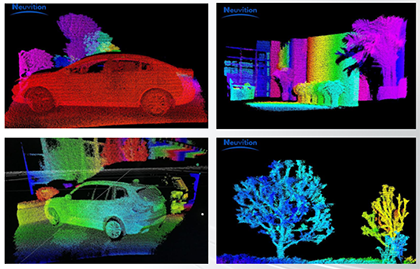
Neuvition Collision Avoidance Systems for Railway
Our collision avoidance systems for railway are designed to enhance safety and prevent accidents on rail tracks. By combining our state-of-the-art LiDAR sensors with advanced software algorithms, we offer the following advantages:
Advantage
- Accurate detection and identification of obstacles in front of trains
- Real-time warning alerts to prevent collisions
- Integration with cameras and other sensors for comprehensive situational awareness
- Customizable solutions to meet specific railway requirements
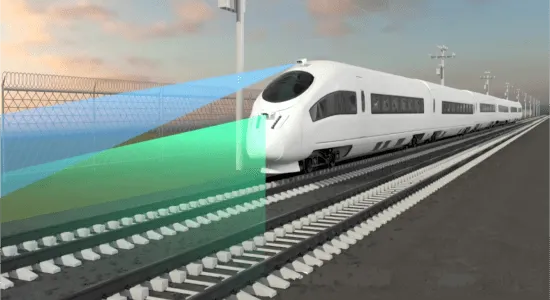
Neuvition Collision Avoidance Systems for Automotive
Our collision avoidance systems for automotive applications are designed to improve road safety and enable autonomous driving capabilities. We offer the following benefits with our integrated LiDAR, Radar, and Camera solutions.
Advantage
- 360-degree detection and tracking of surrounding objects
- Advanced object recognition and classification
- Real-time decision-making for collision avoidance
- Seamless integration with existing vehicle systems
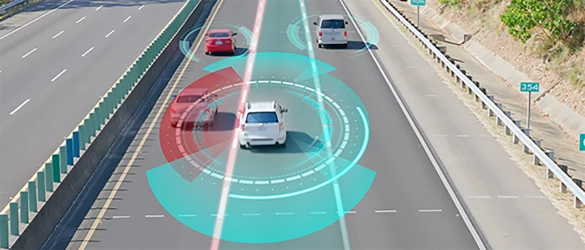
FAQ








Contact Us
If you have any questions or suggestions, please leave a message, we will get in touch with you within 24 hours!
